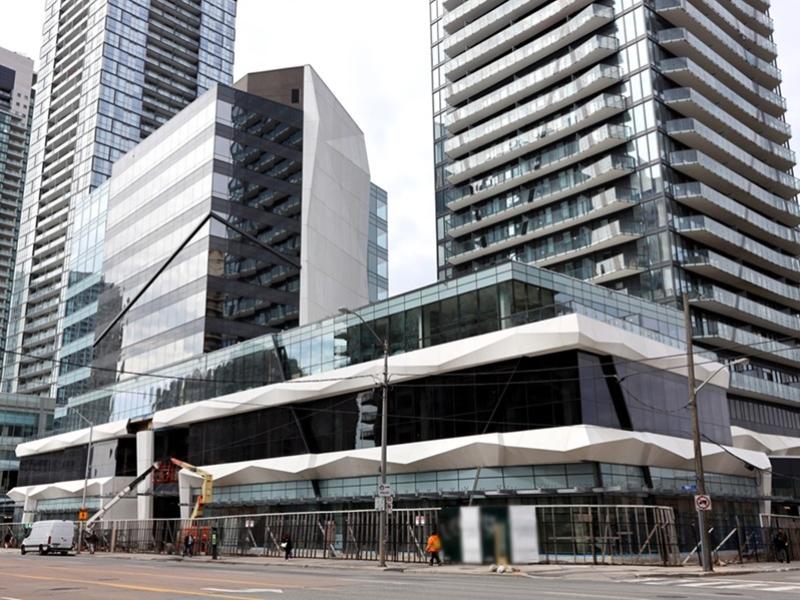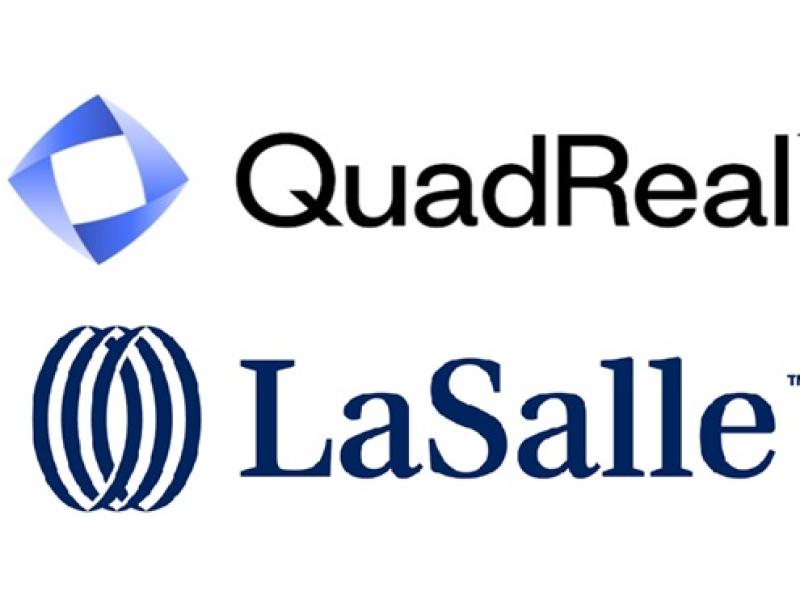There are always property owners who continue to incur the costs of owning a property that is unused and unproductive. But why? It is, after all, the very definition of a money pit.
It could be a result of an event beyond the owner’s control, such as a fire, flood or vandalism, that has left the building unusable.
Maybe the owner didn’t have the proper insurance to cover the repair or reconstruction and is now stuck with a property that’s not even worth the land on which it sits.
Few if any buyers are willing to cover the costs of demolition and removal before they can even develop the site – at least not without a substantial discount on price.
Whatever the case, we see all the time, in communities large and small, the “eyesore” – that property that sits vacant and boarded up.
Neighbours complain, but unless there is a municipal bylaw that expressly forbids that such a state of affairs can be allowed to persist, there is little that can be done without a substantial lobbying effort.
Who foots the bill for the property?
I have written before about commercial and industrial properties that fall into that limbo where there is no user, no buyer or perhaps no longer even an identifiable owner. Such properties can ultimately end up the responsibility of the local municipality.
The situation may arise where the municipality can seize the property for back taxes, but that doesn’t solve the issue of finding someone willing to foot the bill to actually make something new and useful from the site.
Take 1123 Bank St. in Old Ottawa South. This property suffered a fire in 2009 and has been boarded up and vacant ever since.
The City of Ottawa has no bylaw in place that prevents this property, or any other in a similar boat, from remaining in limbo indefinitely, provided the taxes on the property are being paid and there isn’t continued deterioration of the site creating a health and safety risk.
The concerns raised with such eyesores often focus on the aesthetic, rather than the health and safety, issues. But putting the emphasis on safety, beyond just the negative impact such a property can have on local property values and community appeal, can yield positive results faster.
Provide an incentive
There are many examples of communities that have banded together on the grounds the derelict site is an environmental hazard in need of cleanup and remediation.
Ottawa is just one of many municipalities that has encouraged private sector developers to step up and foot the bill for such brownfield redevelopments in exchange for financial incentives such as discounted property taxes.
It is this kind of compelling reason that leads to change, since beauty alone is in the eye of the beholder. There are always controversial attempts to quantify beauty – take the recent example of the hotly contested design for the addition to Ottawa’s iconic Fairmont Chateau Laurier.
Instead of an eyesore by dereliction, we have one by design.
The challenge is to establish community standards that balance a property owner’s rights. In my neighbourhood, new houses have been built that are the pride of their owners, while much of the community is aghast at what some view as neo-Stalinist designs.
The problem is how to define what is an acceptable appearance. At present, owning a property in Canada does not oblige the owner to actually make a productive use of it.
In relation to the Bank Street property, I would agree the lack of use and boarded-up look are a negative for the community, but what about the rights of the owner to do nothing?
Or play hardball
Presumably there is a reason for this owner’s inaction, and equally a presumption property taxes are being paid. In the event taxes were not being paid, the city would have a remedy available.
However, if it’s just a case of the owner choosing to do nothing, a real conundrum then exists.
One option a municipality might consider to motivate an owner is the creation of a separate tax class with a higher tax rate for boarded-up properties.
However, even then, such a tax rate would be fraught with the difficulty of creating a clear definition of what constitutes “boarded-up” or an equally difficult potential definition of “not being used.”
I’m sure if the solution to the eyesore issue were an easy one, someone would have already come up with it.
Instead, we are stuck in that difficult standoff between community rights to enforce conformity with a certain property standard, and an individual owner’s rights to establish their own standard.
To discuss this or any valuation topic in the context of your property, please contact me at jclark@regionalgroup.com. I am always interested in your feedback and suggestions for future articles.







